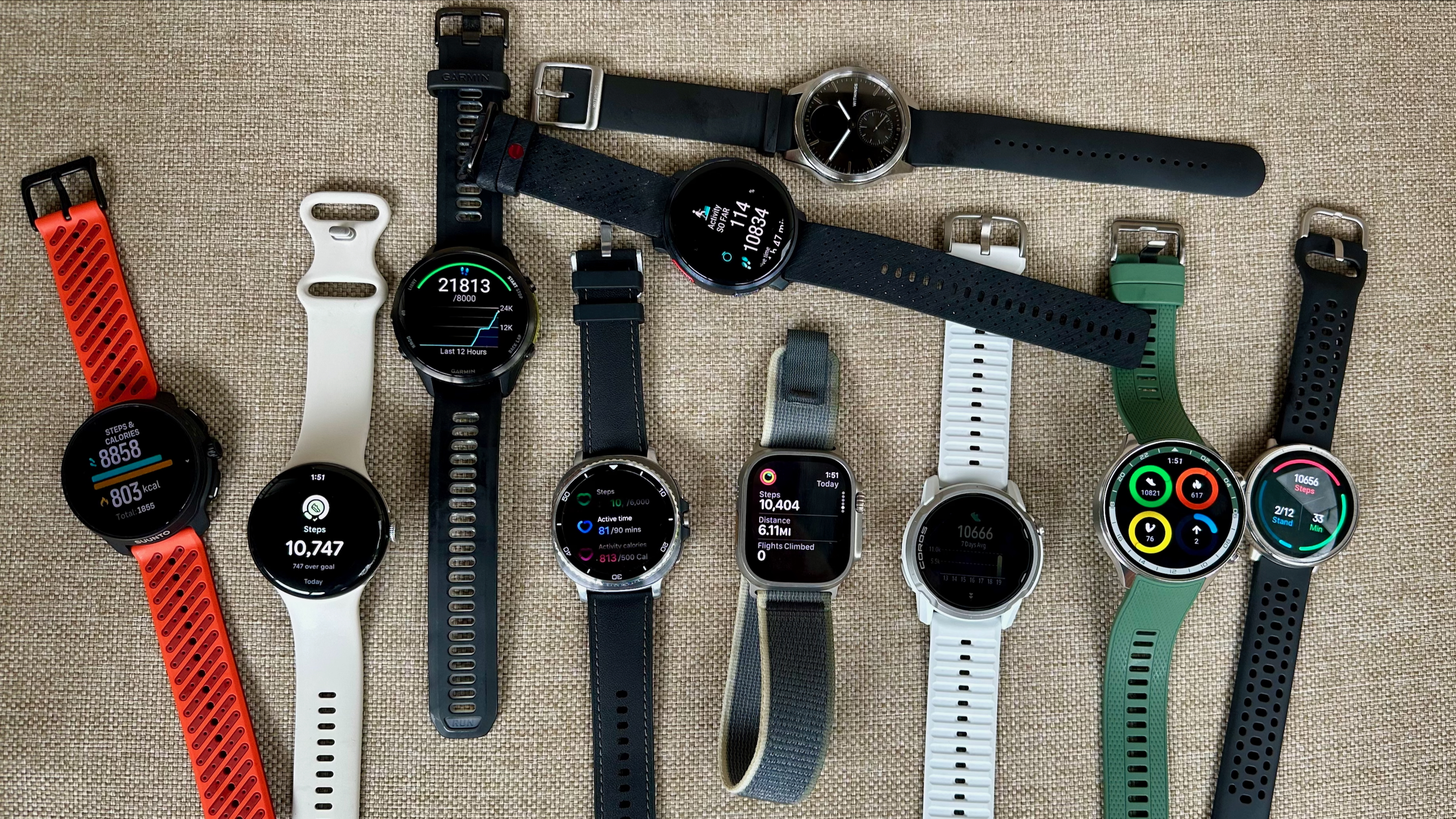I love Garmin watches, but they could learn a thing or two from Android smartwatches
As much as Garmin leads the industry for fitness insights, it could learn things from Wear OS brands like Google and Samsung in other areas.
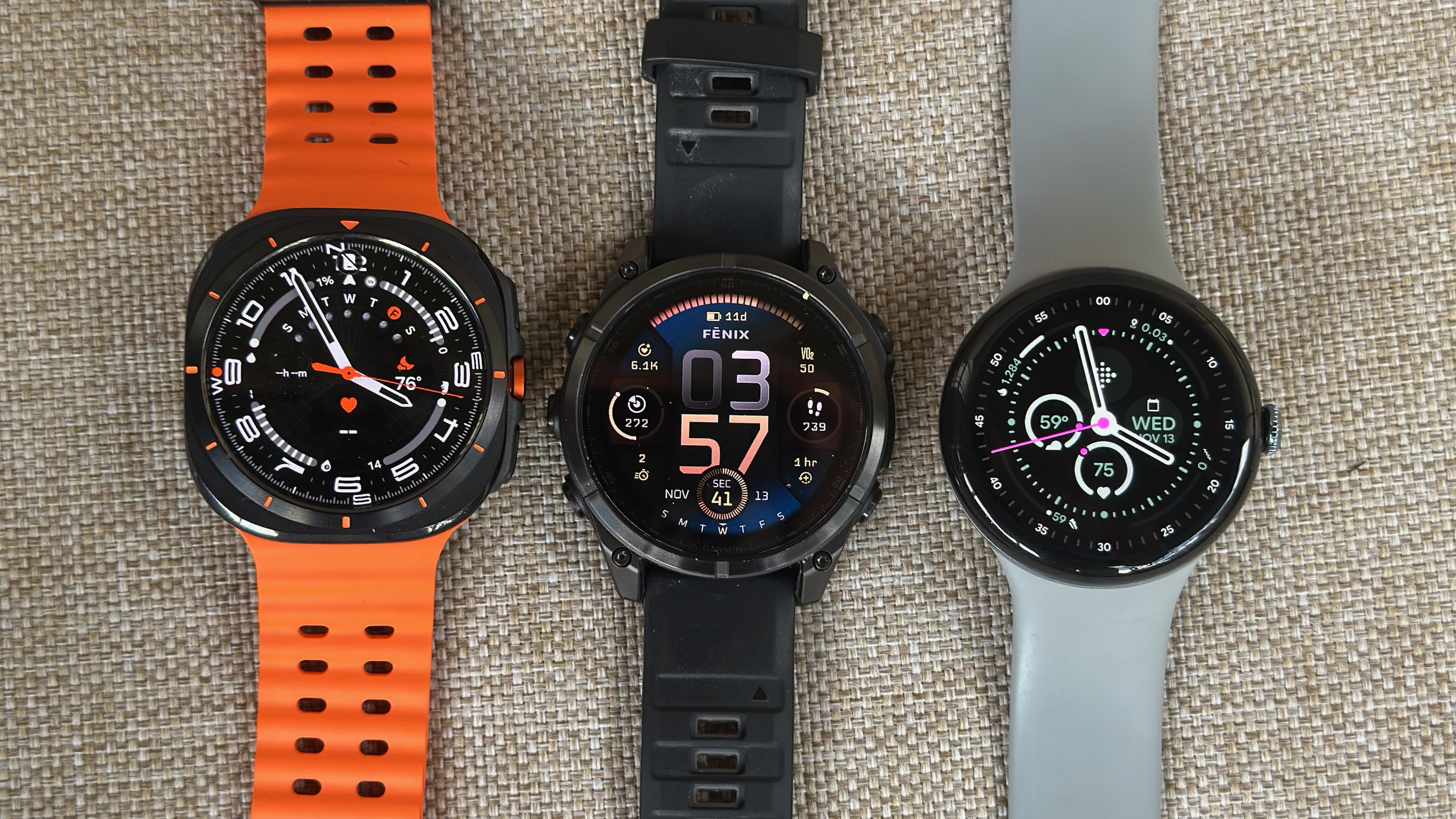
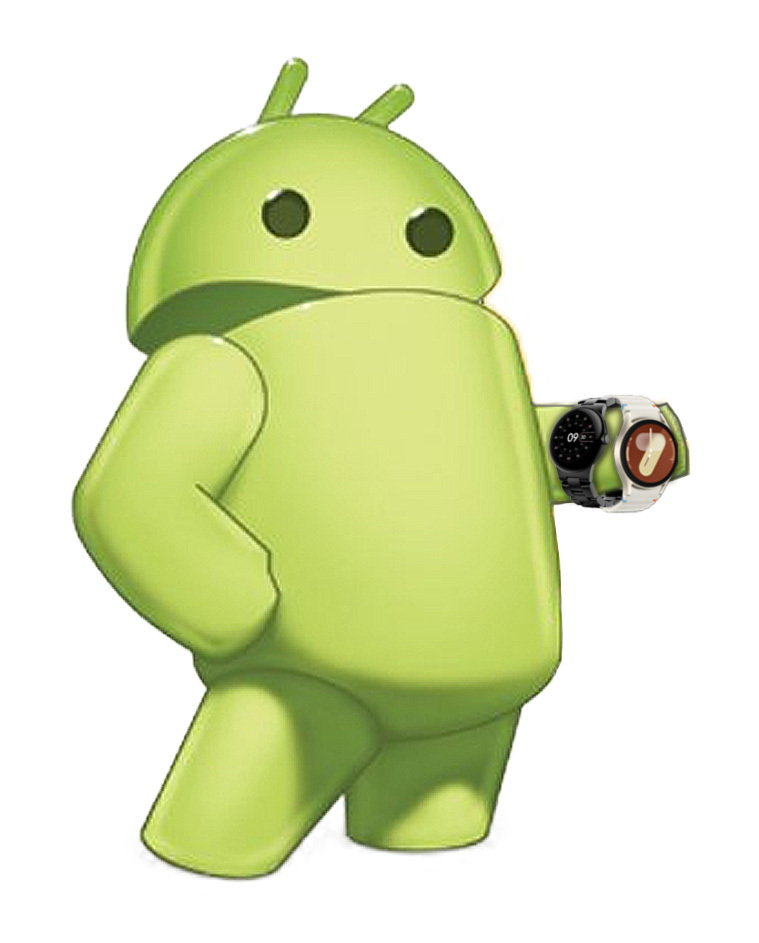
My new weekly column focuses on the state of Wear OS, from new developments and updates to the latest apps and features we want to highlight.
Garmin watches are popular with fitness enthusiasts who have the patience to sift through its tricky UI, the Labyrinthian Connect app, and the weird IQ spinoff where Garmin hides its best third-party tools.
It's not especially accessible to people coming from Apple and Android watches with better smarts. While I review most of our Garmin watches, my colleagues who've tested some models have complained about the high learning curve and unnecessary confusion.
Last month, I wrote about every feature Wear OS should borrow from Garmin, a long list from downloadable courses and better accessory support to battery life concerns, among other weak points. So, I think it's only fair to turn things around on Garmin: there are areas where it could learn from a brand like Wear OS, which is designed to cater to "mainstream" users and be as accessible as possible.
Garmin can't offer certain smarts because at least half of its users use iPhones, and Apple will keep blocking other watches from syncing properly until the EU forces them to open things up. In the meantime, with so many smartwatches adding fitness tools like training load to try and compete with Garmin, it makes sense for Garmin to turn the tables and compete more on smarts.
Spread the Fenix 8's offline assistant as fast as possible
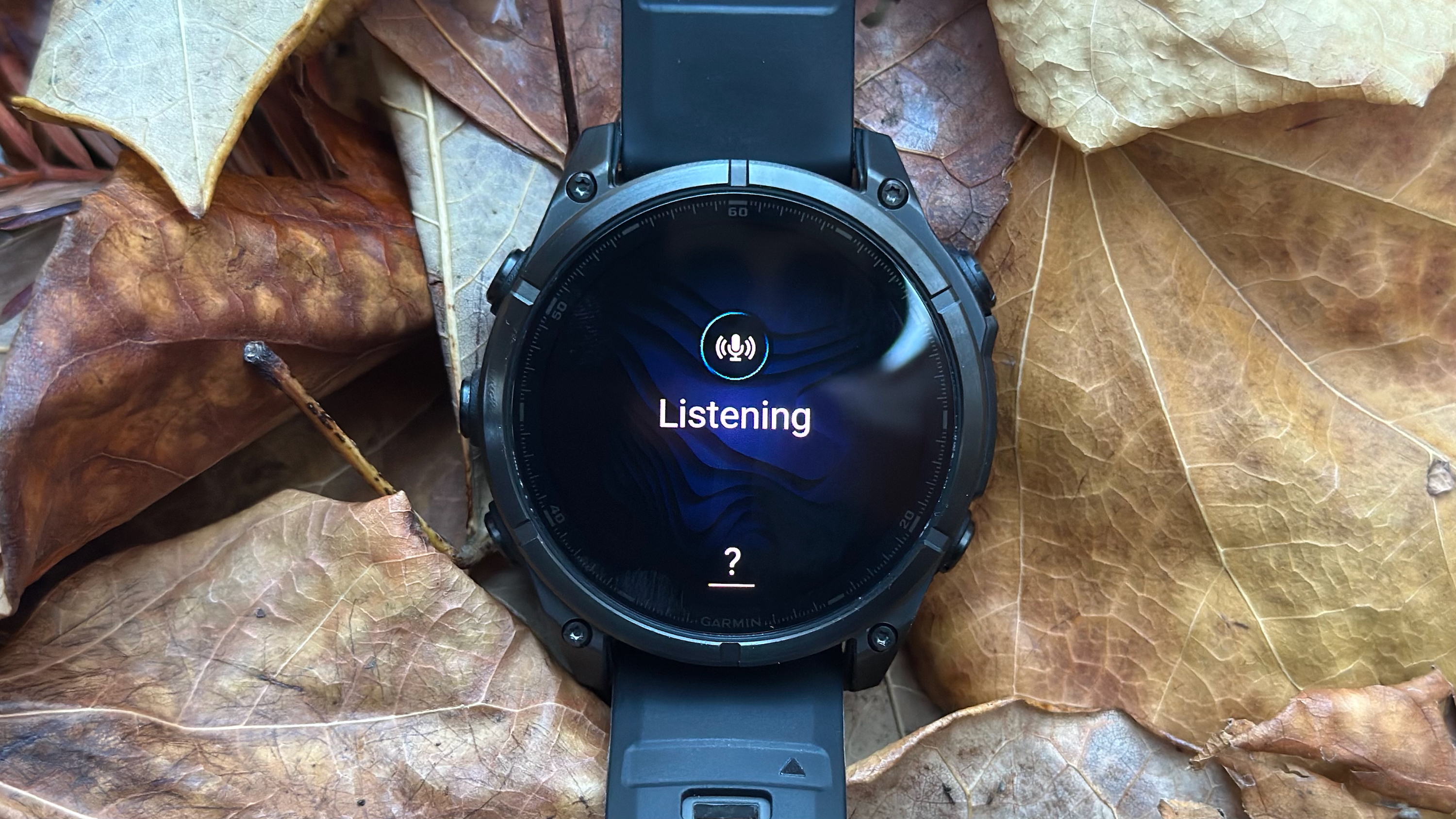
The Garmin Fenix 8 added the brand's first offline voice assistant; you hold down a button, then say a command like "Open Spotify," "Start a Cycling workout," or "Show me my most recent workout," and have it take you where you need to go.
It's not perfect — it's a little slow, and Garmin needs to keep adding more recognized commands — but it's very useful. So it's a shame that very few Garmin watches have a mic, and the only (somewhat) affordable model (the Garmin Venu 3) only supports passthrough commands to your phone assistant.
If a $50 Amazfit Band 7 can afford to pack in a mic for Alexa commands, I think more Garmin watches can fit them in, not just the mainline Venus and Fenixes. And voice commands will help newer users find information before they're familiar with the UI. Google Assistant is a key reason people buy Wear OS watches, and Garmin needs to make its assistant as widespread.
Get the latest news from Android Central, your trusted companion in the world of Android
Copy Wear OS tiles
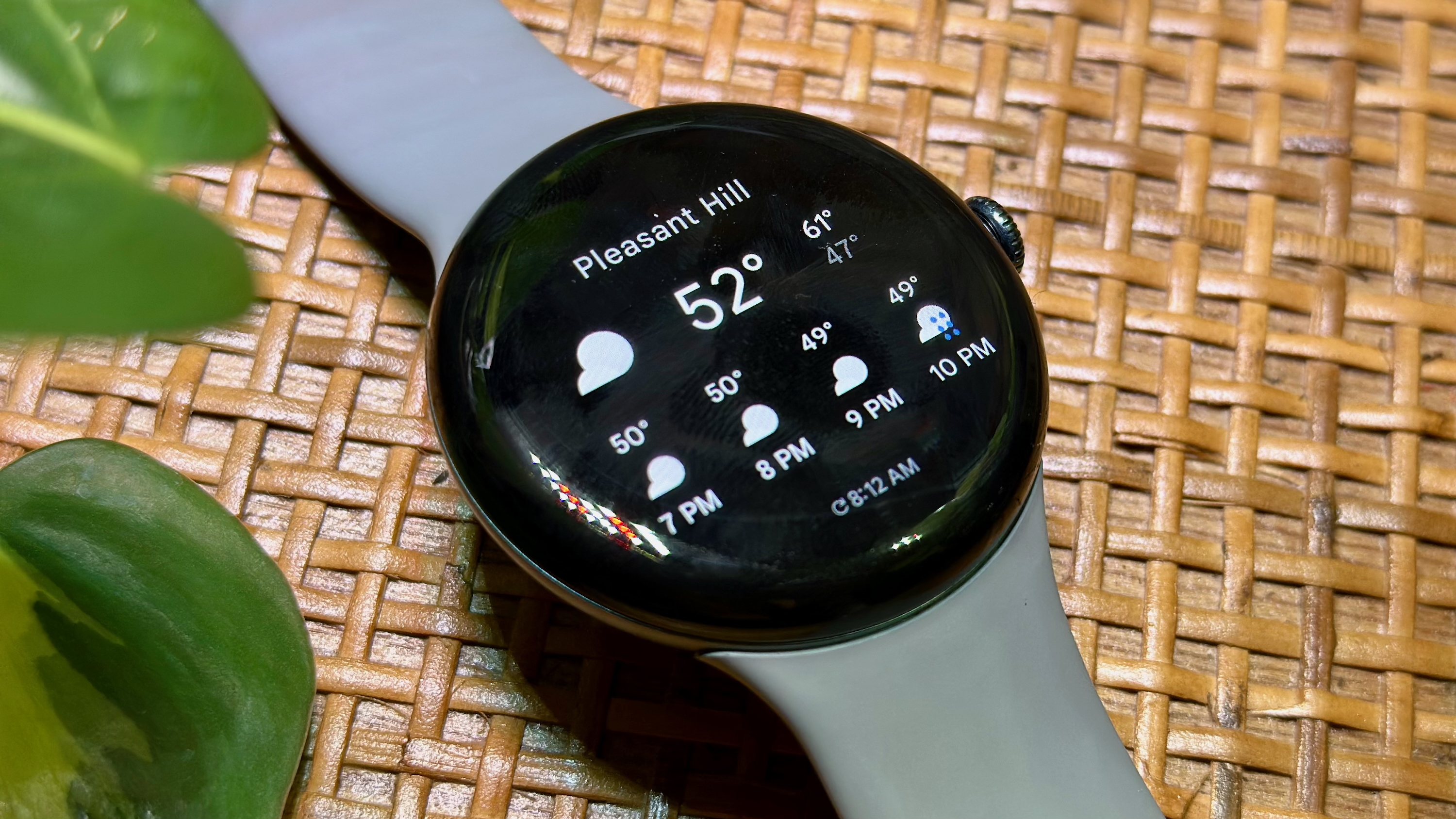
Garmin finally made its UI a little smarter last year by making its apps easier to find and adding a list view that is accessible with the main Start button. It may not have a grid view like the Pixel Watch 3 or Galaxy Watch 7, but I think that's more about aesthetics than functionality, and Garmin doesn't have as many apps to worry about.
What would help far more is copying Wear OS's tile view, letting you swipe left and right from Garmin's main watch face to see your favorite graphs or functions.
Rather than having to swipe down to the compact weather widget, select it, and then scroll down to find the hourly or daily forecast, it'd be nice to swipe right and have a full view of that data immediately. The same goes for flashlight controls or seeing your daily calendar with the suggested/scheduled workout — there are so many functions that require two or three taps every time that Garmin could make them more accessible for those who want to prioritize that data.
In my case, I find it a bit annoying that to see my acute load or load focus, I have to scroll down to the Training Status widget, then scroll down to the sub-widget and select it. Some graphs have watch face shortcuts, but you're limited if you buy an "S" model with a smaller display and less room for data. Other data like Challenges and monthly mileage require diving into the mobile app.
If, instead, Garmin took after Wear OS and let you highlight your favorite graphs and app views with a couple of swipes, that would also make things more accessible. Now that more models use AMOLED displays and touchscreens, it's time to take advantage of the extra pixels.
Make LTE an option already
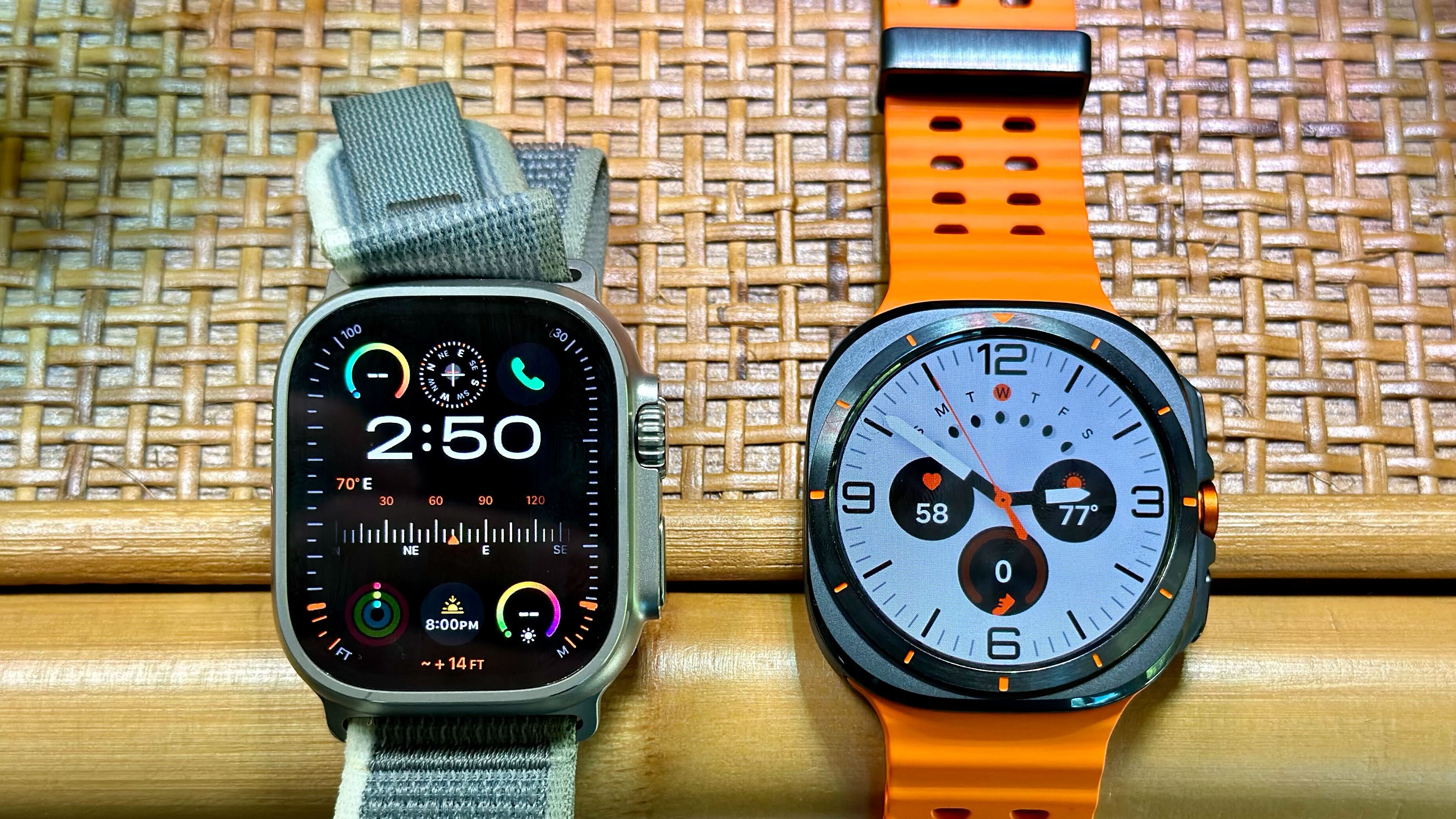
Plenty of Garmin fans have clamored for this for years. Aside from the Garmin Forerunner 945 LTE — which only used cellular for basic safety check-ins — and the kid-focused Garmin Bounce LTE, Garmin never lets you pay extra for cellular, even as competing flagship watches like the Galaxy Watch Ultra or Apple Watch Ultra 2 make it a default.
I personally don't care about LTE watches because I'm too cheap to give my carrier more money and almost always have my phone on hand. But being unable to send check-ins, incident detection warnings, or manual SOS because your phone battery died is hard to accept for Garmin fans who'd willingly pay for that peace of mind...but don't want to bother with an InReach Messenger Plus and a hyper-expensive satellite subscription.
Fenix and Venu models with the mic/speaker combo should allow for standalone calls or the ability to record voice clips and add them to your next check-in for loved ones to hear.
Make Garmin Coach a chatbot / health guru (I guess...)
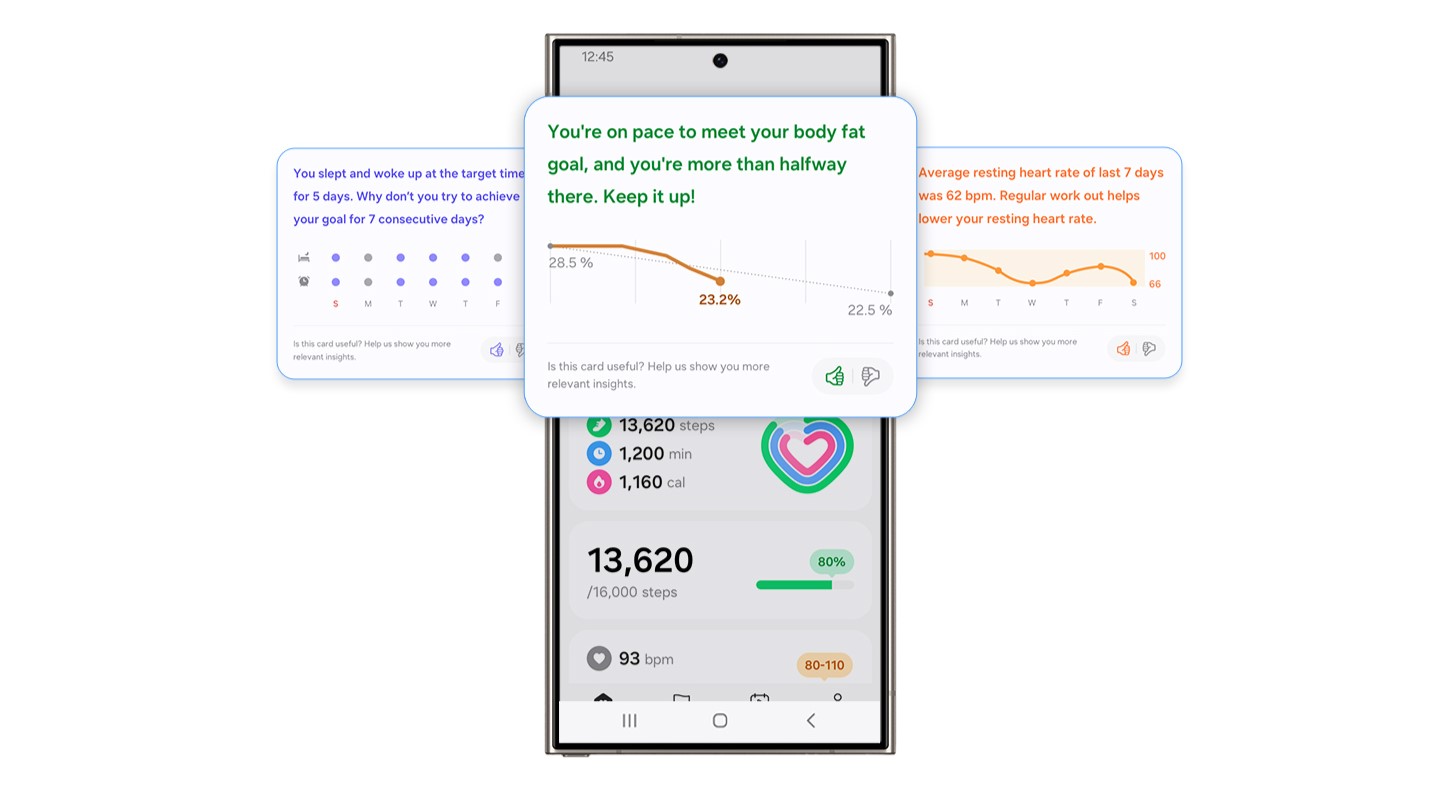
Garmin's Firstbeat Analytics and Coaching algorithms make it the brand to beat for training guidance. It's also one of the best for overall data accuracy. Yet when it comes to general health advice or making its data accessible, it's easy to argue that Google and Samsung have recently gained the edge and even some smart rings.
Samsung only recently added its Energy Score (similar to Body Battery), but it also has new Galaxy AI Wellness tips; the image above shows how it can track and display trends like changing resting heart rate or dipping body fat.
Fitbit has always been popular for summarizing your health information in accessible ways, as long as you pay for Premium. A more recent development is its Gemini-based Fitbit Insight Explorer: It's an opt-in service that analyzes your steps, Active Zone Minutes, sleep quality, HRV, RHR, and other data, then lets you ask its chatbot questions about your averages, trends, and personal bests.
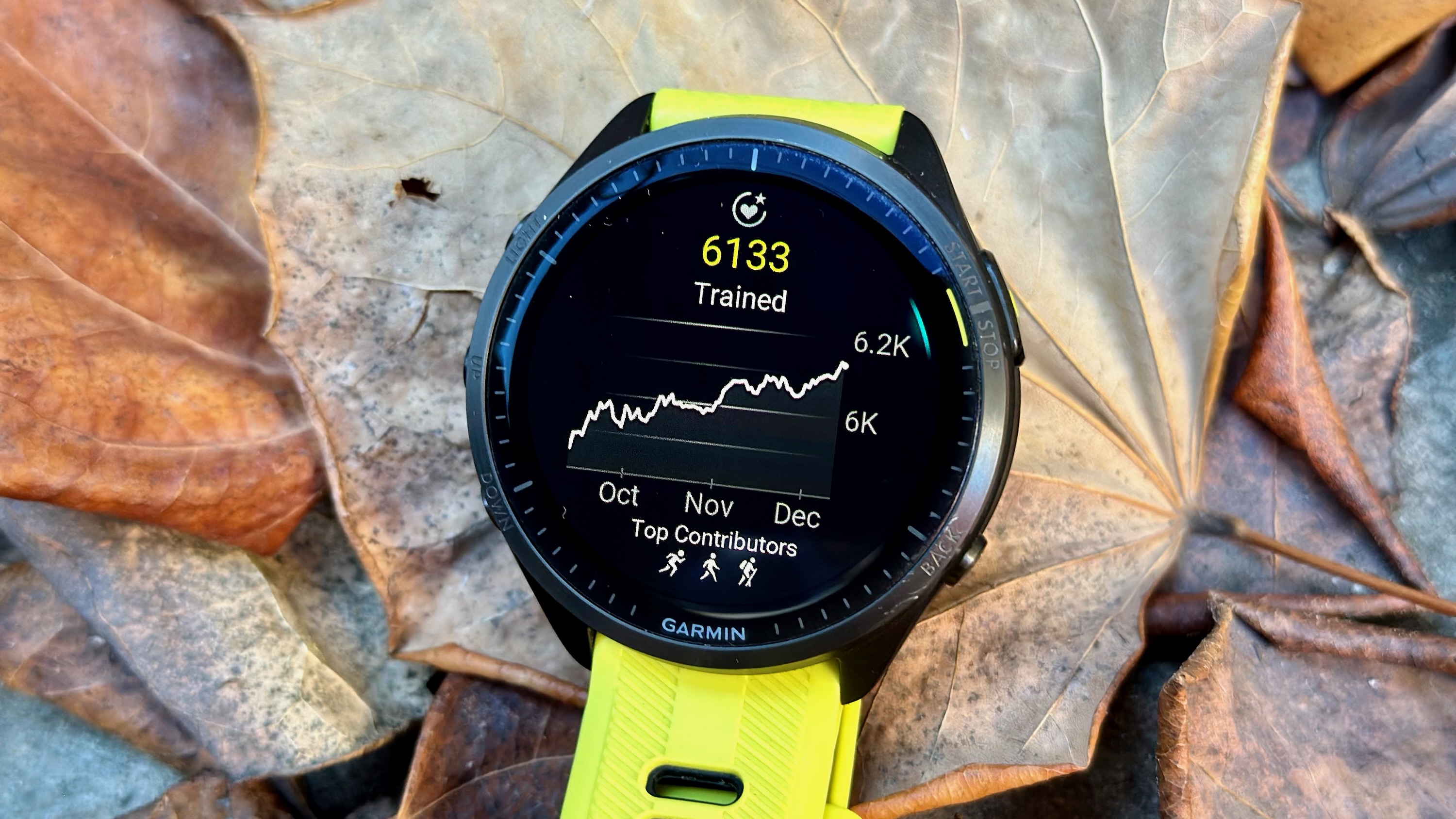
Garmin has a wealth of information it could summarize in weekly or monthly reports, but its "In Focus" widgets show basic weekly trends for things like mileage and load without commentary, and all of its Health graphs are buried a few layers deep in the "More" tab where most people never look.
Instead, Garmin might highlight promising or negative health trends in its Morning Report; ideally, it could also provide monthly summaries of how your training load, VO2 Max, and other fitness stats compare to past months. It could recommend changes like more anaerobic workouts or more steps.
To be honest, I'm not thrilled to imagine Garmin Coach progressing from this silent, data-driven platform to some public-facing chatbot like Amazfit's Zepp Coach. But for all the people who use ChatGPT as their default search engine and knowledge base, they'll find Wear OS watches more accessible because they're starting to go all-in on AI insights, and Garmin might need to find an AI partner to help them compete.
Above all else, accessibility is key
I don't want Garmin to become a carbon copy of Wear OS. Core customers love its watches for their long battery life and wouldn't want to lose that for "smarts" that they don't need. But at the same time, I know plenty of people who want to like Garmin watches but can't get past how dense and complicated everything is.
If Garmin can use voice commands, pseudo-tiles, and off-device AI processing to help users find health and fitness information, it will have taken some of the best aspects of using the best Wear OS watches while still retaining its identity.

Michael is Android Central's resident expert on wearables and fitness. Before joining Android Central, he freelanced for years at Techradar, Wareable, Windows Central, and Digital Trends. Channeling his love of running, he established himself as an expert on fitness watches, testing and reviewing models from Garmin, Fitbit, Samsung, Apple, COROS, Polar, Amazfit, Suunto, and more.
You must confirm your public display name before commenting
Please logout and then login again, you will then be prompted to enter your display name.
